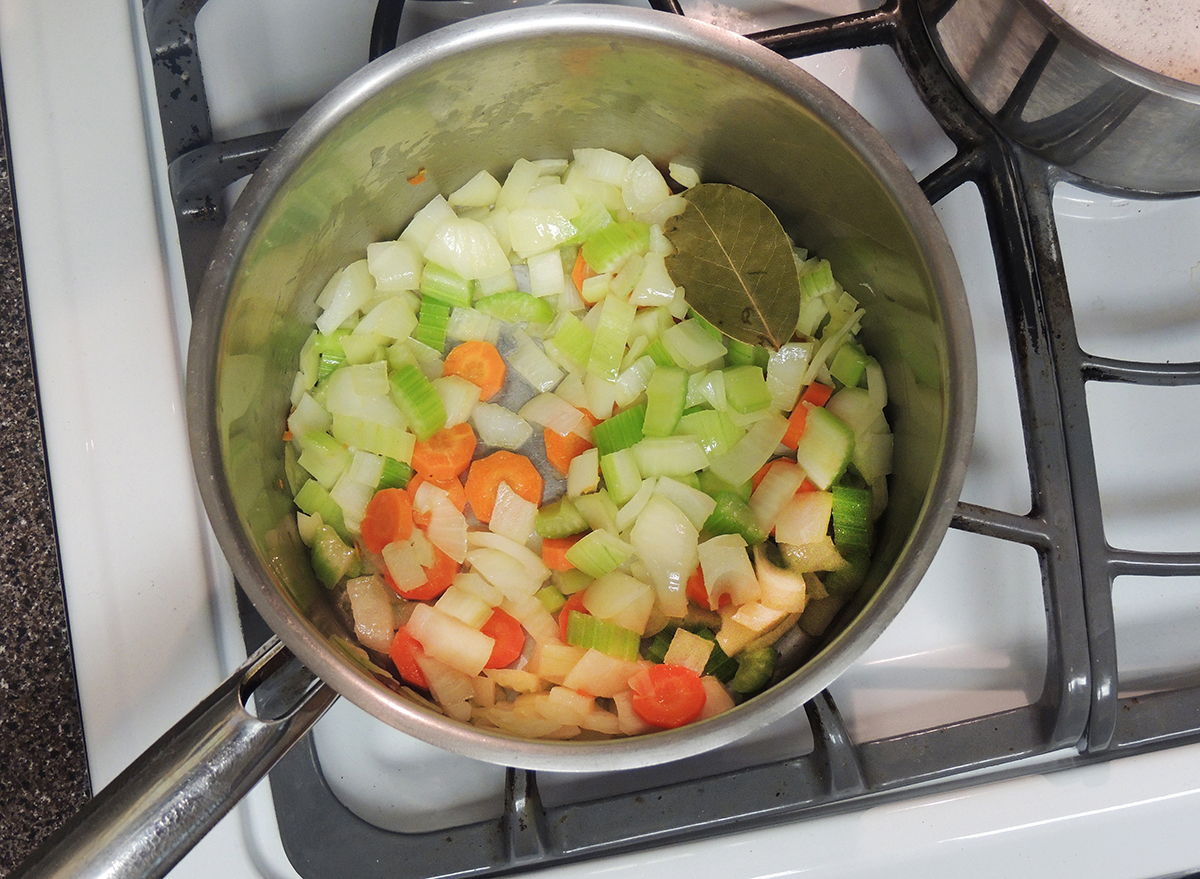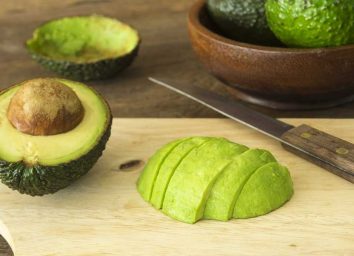This Is Exactly What a Mirepoix Is, According to a Chef

There's a chance you might've seen mirepoix listed on a recipe you were attempting to cook up and your first thought was, well, what is that? Pronounced meer-PWAH, the sauté is not only the name of a small medieval town in the Southwest region of France, but it's also the name of an aromatic flavor base commonly used in French cooking. The word mirepoix is the namesake of—take a deep breath before you say this name aloud—the Duke Charles-Pierre-Gaston François de Lévis, duc de Lévis-Mirepoix, a French aristocrat. The cook for this 18th-century aristocrat is supposedly the person who is credited with creating this staple of French cuisine.
We spoke with chef de cuisine at Fairway Market and Fairway Café and Steakhouse, Vincent Olivieri, to get more insight so you can learn everything you need to know about mirepoix.
What exactly is a mirepoix?
According to Chef Olivieri, mirepoix is known as a foundation or a base. He even describes it as, "a combination of ingredients found in almost every chef's repertoire. It sets the stage for good things to come."
The mixture consists of just three vegetables: carrots, celery, and onion. Does that mix sound familiar? Olivieri says that it's a classic combination found in most stews, soups, and even sauces.
How do you make mirepoix?
"Prepping your mirepoix is easy. Peel your onions and carrots, clean your celery, and pay specific attention to how large or small to cut, depending on the recipe," says Olivieri.
You can then incorporate your mirepoix into a creamy potato curry dish or even jazz up a jarred pasta sauce with it. Another option would be to sauté the diced vegetables as-is, or toss them into a pot of stock.
Any other tips?
Olivieri reiterates that it's important to identify how big or small the recipe calls for you to dice the vegetables.
"For chicken soup, you'll want to go big so that all those veggies stay intact," he says. "For a slow braise like osso bucco or bolognese, I like to go small [with] a Brunoise (small dice), so that the vegetables almost completely disintegrate, becoming one with the sauce."
Olivieri also says that fresh thyme is the herb to add to mirepoix, so if you have any on hand, be sure to sprinkle a pinch or two into whatever dish you decide to add the diced vegetables in. So there you have it: all the facts on what exactly a mirepoix is.








